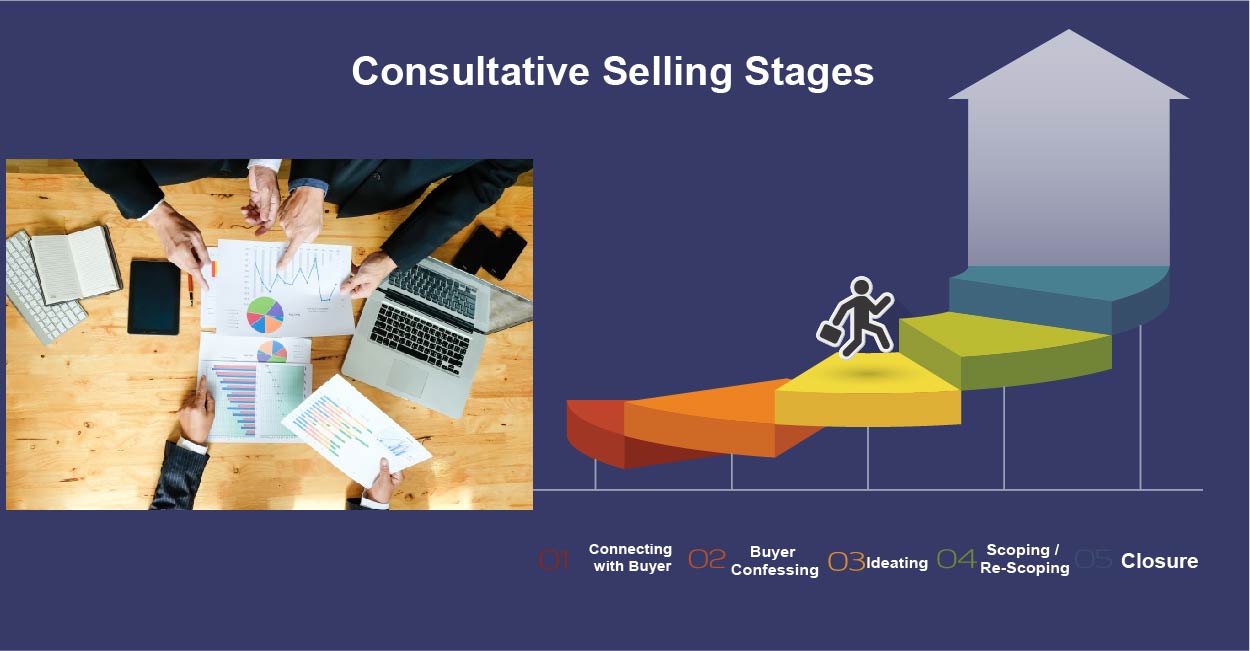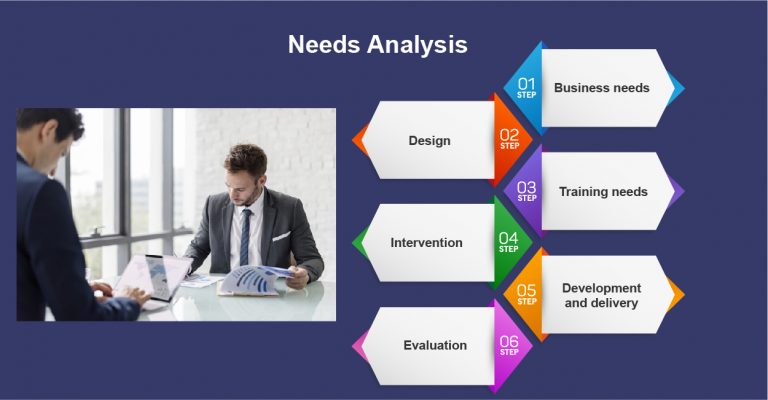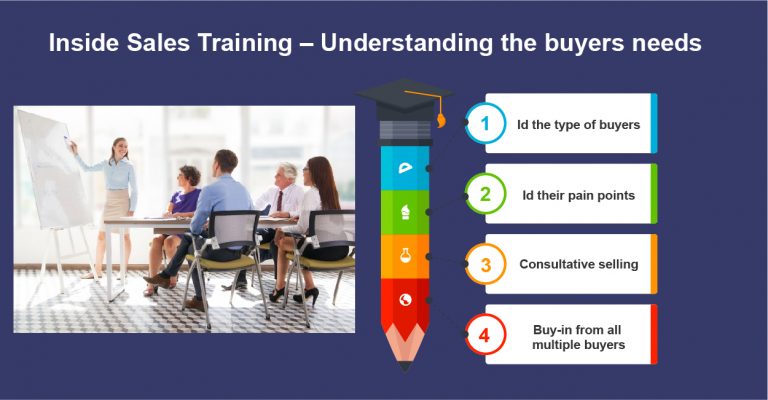Buyers have a point of view and Sellers have a point of view. Buyers have pressure to buy a solution to solve a business pain point. Salespeople have pressure to Sell their solutions because of their targets.
Many times we feel that the buyers don’t look at some excellent functionalities our product has or some capabilities in people we have built in certain domains. We lose our deals because of this.
Have you felt that you could not get the buyer to think about your product or your capabilities the way you wanted them to think? Have you thought they listened to you but stuck on to their point of view and decided the way they did which would be a bad decision to them later as much as it was to you because you lost the deal
What would have happened when the two of you ideated on the pain points of the buyer and came up with multiple solutions and the buyer chose one of those. You were happy that the buyer is completely convinced about the solution and sometimes have told you “Wow, I never thought it can be done this way”.
This can be accomplished only when you get into a consultative mode. Both of you opening up and discussing the various options.
Knowledge
The first step is the buyer beginning to believe that you have the knowledge about what their problems are and have the capacity to solve those at the scale they are expecting to solve. kbkkmotivates them to open up and begin talking. The buyers get annoyed when they listen to the usual salesperson talking something without a context and trying to sell hard.
The buyers form opinions about us even in the first conversation. They would like to hear the kind of problems our organization has solved rather than saying how big we are, the awards we have won and most importantly our praises about them. We have to understand that the buyers are busy people and they would like to optimize their time xgtciykbkhchxtuknkjjvjkvyut people they believe are worth their time.
Confessing
The second step is Confessing. Many of us begin with the usual question “Do you have any pain points? Would you like to talk to me about those:? Yes, pain points are something that needs to be uncovered early enough in the sales cycle. However, you may not get the right response from the buyers in all your conversations.
This is because it becomes a bit too early for them to trust you to begin talking about their problems. The buyer gets the confidence that you understand their pain points, can solve those and begins confessing. The buyer talks about what issues they face and asks how we can solve those for them.
Sometimes, the buyers may not even know what their actual problems are and may end up saying that they are all set and are not looking to solve anything. This might give a feeling to the salesperson that there is no opportunity.
So, we have to give the buyers the confidence to make them confess to us.
Ideating
The third step is ideating. Once the buyer opens up, you can begin talking about multiple solutions to the same problem they have spoken about. Sometimes, you can also talk about the issues that the other companies in the same industry face. This might open up a new thought process and you could be the only vendor that has spoken about this problem and might make the buyer think about you in a positive way.
I am not suggesting that you tread into overselling or un-necessary talking to divert their attention. Sometimes, showing knowledge helps in positioning yourself with the buyers. They begin thinking that you have lots of knowledge not only in reference to their problems but also know a lot about the industry. This will allow you to let the buyer uncover more pain points or convince them that they can do better than what they are doing today.
Scoping / Re-Scoping
This will lead to the four-step – Rescoping their needs. The buyer opens up and begins talking about more options they would like to add in their needs list. This will help you to convince the buyer that you can solve their problems in many better ways than they had expected prior to meeting up with you.
Now, the new scope will let you be in a unique position. You might have to send a brochure, an approach document or a proposal with your terms or approach to the buyer. Now the buyer will use these terms to socialize the new RFP to your competitors and sometimes, the competitors may not have a clue on what this is. This lends you a unique advantage to win the deal.
Authority
The buyer gets complete confidence in your capability to solve their problems. This will help you to get in the heart of the buyer more than on their mind. The initial need may have been changed and you have been an integral part of the change. The buyer now may want to work with you and will have you as the first choice of rejection. The need for a solution provider now gets converted into a want – Your organization. They might even go and lobby within their organization on inducting you as a vendor for this need.
Summary
Both, you and your buyer will have two different points of view either about a problem or about a solution. It is better that you demonstrate your knowledge in the space. Ask the right questions so that the buyer opens up, talks about their problems, both of you can ideate and come up with multiple options. This will help you to give the right solutions that will make the buyer feel that you are the right person to do the job.
Do Share this in your preferred social media channels if you found this article useful..Also, Subscribe to this channel to receive constant updates on B2B Sales tips and technique
Visit Our Consultative Selling Services
Visit our youtube channel to get more insight on B2B sales and on digital marketing



















